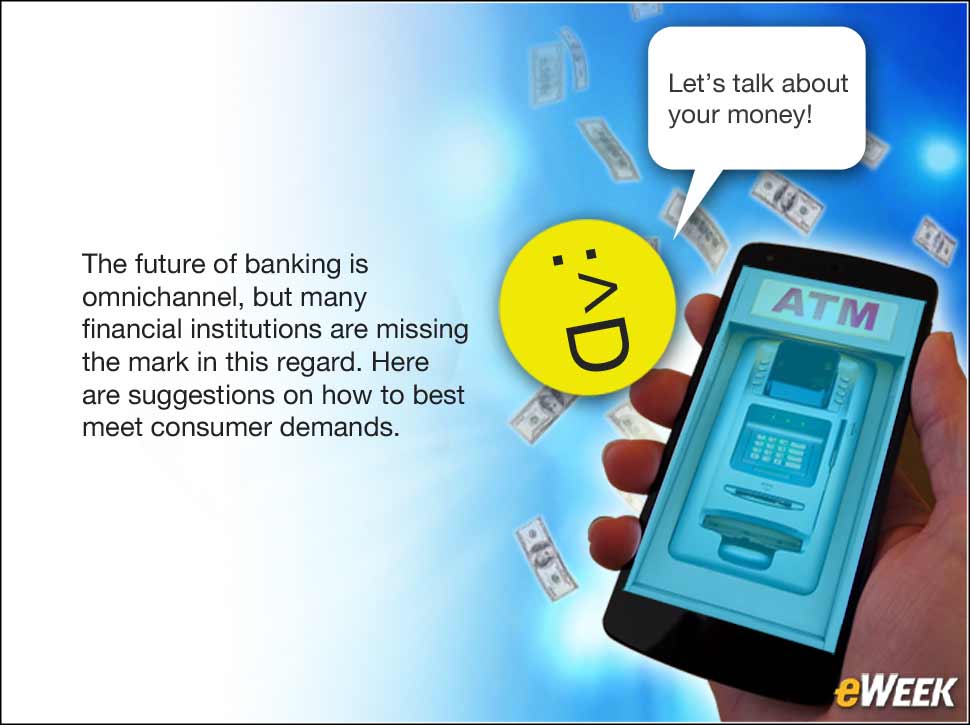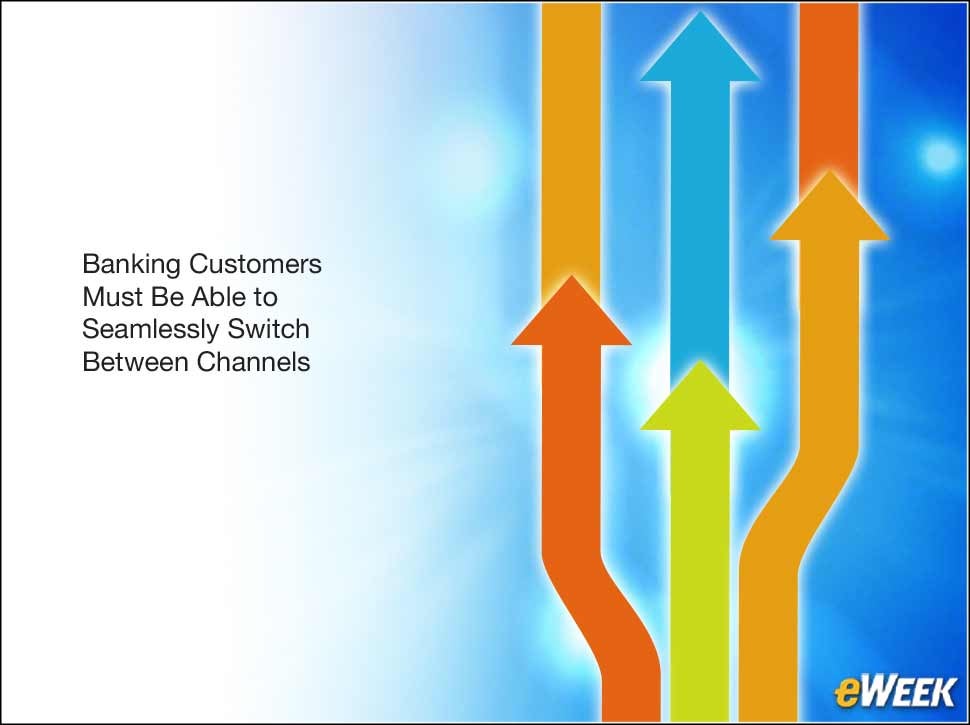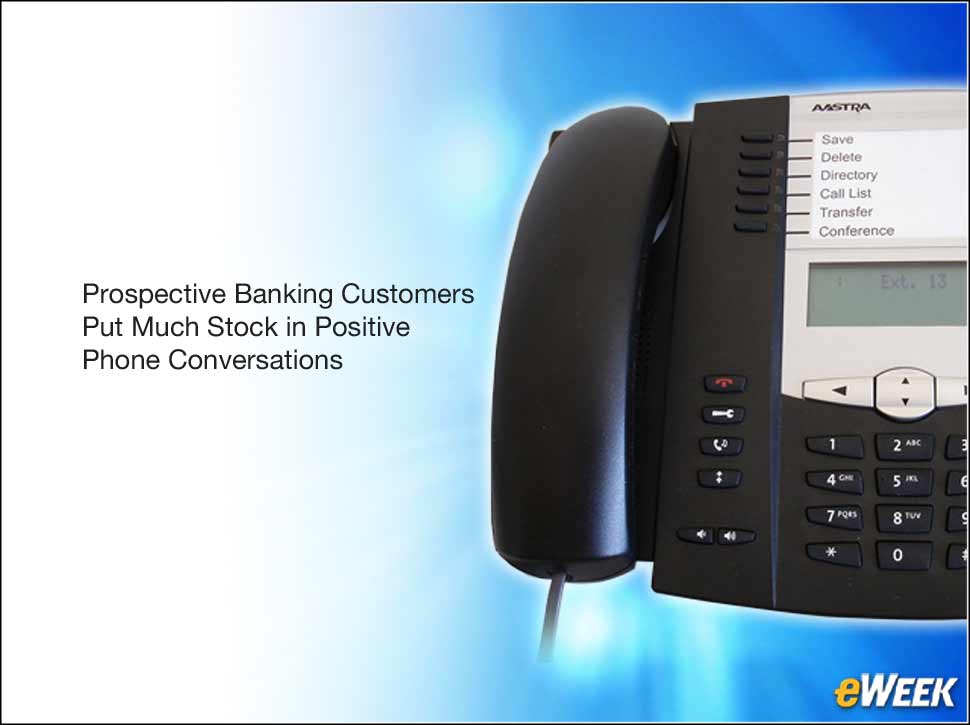eWEEK content and product recommendations are editorially independent. We may make money when you click on links to our partners. Learn More.
1Nine Considerations for Financial Institutions in an Omnichannel World
When it comes to choosing a bank, interacting with a financial institution or making complicated banking decisions, most consumers still rely on offline communications. For example, when evaluating a loan, respondents to a recent survey ranked in-person meetings and phone calls as their preferred modes of communication. The future of banking is omnichannel, a type of retail service that integrates different methods of shopping available to consumers. But while banks are introducing new ways for customers to interact, many are failing to connect digital touch points with offline conversations, and are missing key opportunities to provide the type of personalized experience that today’s consumers demand. This eWEEK slide show, using industry information from call intelligence provider Invoca, provides some valuable suggestions for financial services companies.
2Omnichannel Is the New Normal
3Making the Omnichannel Experience Seamless Is Crucial
Consumers are not thinking about navigating online or offline; they are simply engaging in one continuous experience and using whichever mode of interaction is best or easiest at the time. Banks will fail if they only consider one channel at a time. Seventy-five percent of consumers say it’s important—or extremely important—to be able to easily switch between channels when interacting with their bank.
4Offline Actions Dominate Complicated Decisions
In a world gone digital, consumers still want to talk. Sixty-four percent of consumers said either a phone call or visiting a bank branch were their primary mode of contact when evaluating financial institutions for a loan. This is compared to online forms and social media, where 16 percent and 2 percent, respectively, said these were their No. 1 methods of contact.
5Calls Are a Key Part of the Decision-Making Process
As mobile use increases, so do phone calls; this is especially true for large or complicated purchase decisions. When researching loans, 86 percent of people said phone calls were part of the process; more than a quarter made at least four phone calls. After a positive experience over the phone, 57 percent of respondents said they would be likely to choose that institution for a loan.
6Customer Experience Is the New Competitive Battleground
People want a consistent omnichannel experience and personalized recommendations. They care more deeply about this sentiment, however, when it comes to offline communications. For example, 54 percent of consumers said personalization over the phone was extremely important, compared with 34 percent who said the same about email. Thirteen percent said the same about chatbots.
7Consumers Expect Each Experience to Be Connected
As consumers interact over multiple channels, they expect financial institutions to keep track of the customer journey as they switch back and forth; marketing should reflect that entire path to purchase. Forty-five percent of consumers said that seeing digital ads that conflicted with a conversation they had on the phone had a negative impact on their decision to take a loan from that bank.
8The Future of Omnichannel Banking Is Mobile
9For Sensitive Information, People Don’t Trust Chatbots
For sensitive information, however, human interaction still reigns. As banks adopt new technologies for interaction like chatbots, they should keep in mind that consumers are only comfortable using artificial intelligence (AI) for basic functions. For example, when asked which banking interactions people felt comfortable discussing with a chatbot, more than half of respondents only said checking a balance or making a customer service inquiry. Less than half said they would be comfortable discussing fraudulent charges over the phone, sharing their Social Security number or inquiring about a loan.
10Even Millennials Hesitate to Trust AI When Banking
Only 17 percent of consumers said they would use a chatbot if their bank offered one. This number only rises to 20 percent when looking solely at millennials. While chatbots are capturing media attention, they have a long way to go before they capture consumers’ trust. When it comes down to it, people still want to talk.









